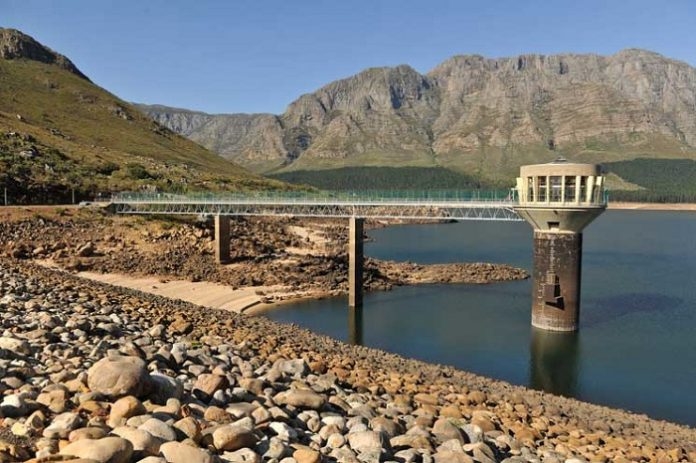

One is really not prepared for the scale and beauty of the new Zeitz Museum of Contemporary Art Africa (Zeitz Mocaa), a building redeveloped by the upmarket V&A Waterfront in Cape Town in a venture with German businessman Jochen Zeitz, who owns the staggering inaugural collection of African art.
What was once an industrial cluster of 42 grain silos, with concrete walls so thick they could survive a nuclear blast, is today an exquisite vertical colossus with an education centre and four floors of the finest African art curated into group and solo exhibitions with cutting-edge themes.
A glittering new luxury hotel and a rooftop sculpture garden tops off the R500m building that international media are calling “the Tate Modern of Africa”.
Inside, an even more jaw-dropping sight awaits.
Carved from the concrete are giant, cathedral-like oval shapes flooded with light from above.
It took 2-m-wide diamond-tipped drills to slowly carve three metres a day to create the Antoni Gaudí-esque shapes that emulate an ear of corn, after the mealies that would be stored here and shipped from the harbour.
Opposite it, a similar, smaller cut-out emulates a 3-D mealie kernel.
It opened officially Saturday night, a day after a R70 000-a-head fundraising dinner for patrons of Zeitz Mocaa.
All around the new museum, art galleries and stores are creating a broader cultural precinct.
The museum works with new-school galleries that have sprouted in Cape Town and are transforming its gallery scene, and it will be buying its own collection.
All the darlings of the new school are here: Edson Chagas (Angola), Zanele Muholi (South Africa), Kudzanai Chiurai (Zimbabwe), Cyrus Kabiru (Kenya), Mohau Modisakeng (South Africa), Wangechi Mutu (Kenya), Nandipha Mntambo (Swaziland) and so on.
As these artists start to shift the art world’s gaze away from Asia and centres such as Miami, the museum offers a credibility and a sense of importance that feels like it is ushering in a new age for our art.




